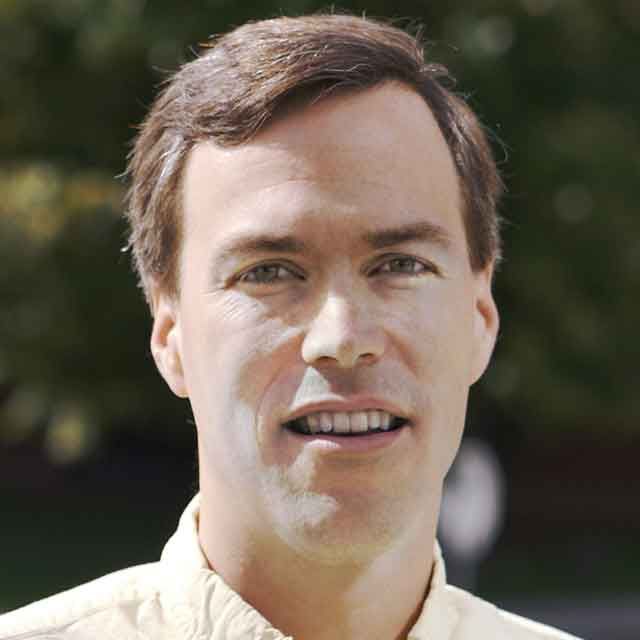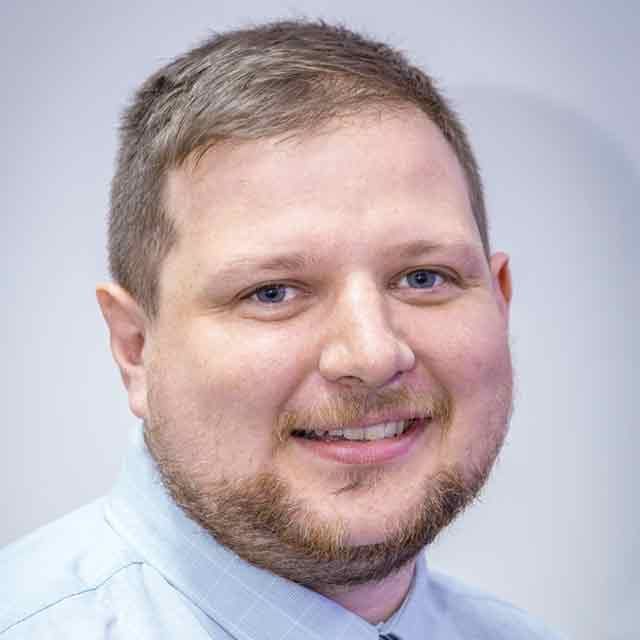Abstracts
Beyond the “I” in AI
9:15–9:45
Insight. Implementation. Integration.
AI, or artificial intelligence, is transforming the products we build and the way we do business. It also presents new challenges for those who need to build AI into their systems. Creating an “AI-driven” system requires more than developing intelligent algorithms. It also requires:
- Insights from domain experts to generate the tests, models, and scenarios required to build confidence in the overall system
- Implementation details, including data preparation, compute-platform selection, modelling and simulation, and automatic code generation
- Integration into the final engineered system
Join us as Loren demonstrates how engineers and scientists are using MATLAB® and Simulink® to successfully design and incorporate AI into the next generation of smart, connected systems.
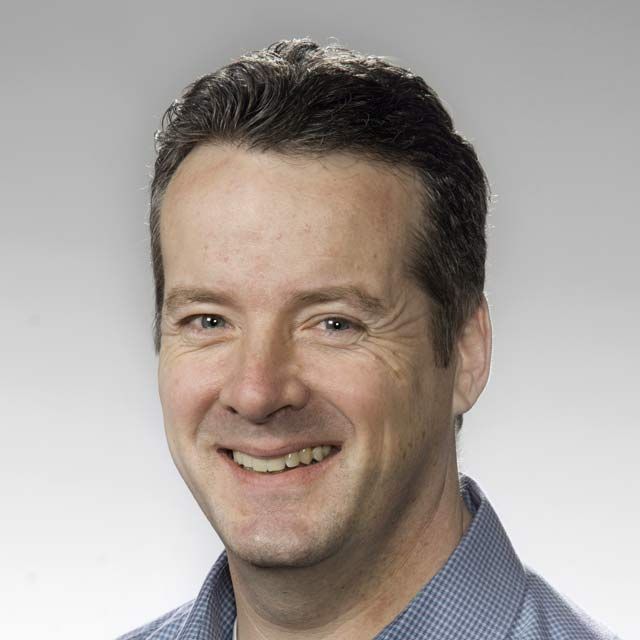
Loren Dean, MathWorks
Our Journey Towards Model-Based Product Lines
9:45–10:15
Rolls-Royce Control Systems is implementing a development process transformation project, called ECOSIStem. It aims to achieve a step-change in quality, whilst reducing development cost and lead-time, through the introduction of Model-Based Product Lines for all on-engine software. This new process will maximise reuse in designs at all levels, from high-level operational concepts through to DO-178 certification evidence. The time to market for novel products, such as Hybrid Aero Propulsion, Intelligent Engine, and IoT services, is also being improved by ECOSIStem.
In this talk, Matt Ley discusses what this change means for his organisation and how it is being put into practice. ECOSIStem is a multi-year project, staffed by a dedicated team, with delivery responsibility to mainstream programmes. It has presented opportunities to introduce principles from modern development methodologies, such as Agile and Lean, into the organisation.
ECOSIStem has allowed the team to rethink where design detail is captured and avoid over-specification, in particular between systems and software. This has been built on the combination of System Composer™ and Simulink®. Throughout the project, the ECOSIStem team has worked closely with MathWorks to shape the capability of System Composer.

Matt Ley, Rolls-Royce
What's New in MATLAB R2019a and R2019b
10:15–10:45
In this session, Ned and Joe introduce new capabilities in the MATLAB® product family in Releases 2019a and 2019b. They share their insights into how MATLAB is designed to be the language of choice for millions of engineers and scientists worldwide. Attend this session for a unique opportunity to learn from two of the key designers of MATLAB.
Brushing Off Old Data: Gleaning Insights from Manufacturing Process Data
11:15–11:45
Lying hidden within the servers and notebooks of the manufacturing communities, there exists a wealth of untapped knowledge. It is long overdue that we brush off this diligently collected process data and begin to learn the secrets it hides.
Bob will discuss his (occasionally challenging) journey to extract useful insights from a treasure trove of manufacturing data. Demonstrating the power of data analytics in a time-pressured environment, he introduces the ability to learn from previous datasets to provide real scientific insight.
During the talk he will highlight how MATLAB® was integral throughout, aiding rapid prototyping of ideas along with extraction, data processing, visualization, and analysis.

Robert Sochon, GlaxoSmithKline Consumer Healthcare
Deep Learning and Reinforcement Learning Workflows in AI
11:45–12:15
AI, or artificial intelligence, is powering a massive shift in the roles that computers play in our personal and professional lives. Two new workflows, deep learning and reinforcement learning, are transforming industries and improving applications such as diagnosing medical conditions, driving autonomous vehicles, and controlling robots. This talk dives into how MATLAB® supports deep learning and reinforcement workflows, including:
- Automating preparation and labelling of training data
- Interoperability with open-source deep learning frameworks
- Training deep neural networks on image, signal, and text data
- Tuning hyper-parameters to accelerate training time and increase network accuracy
- Generating multi-target code for NVIDIA®, Intel®, and ARM®
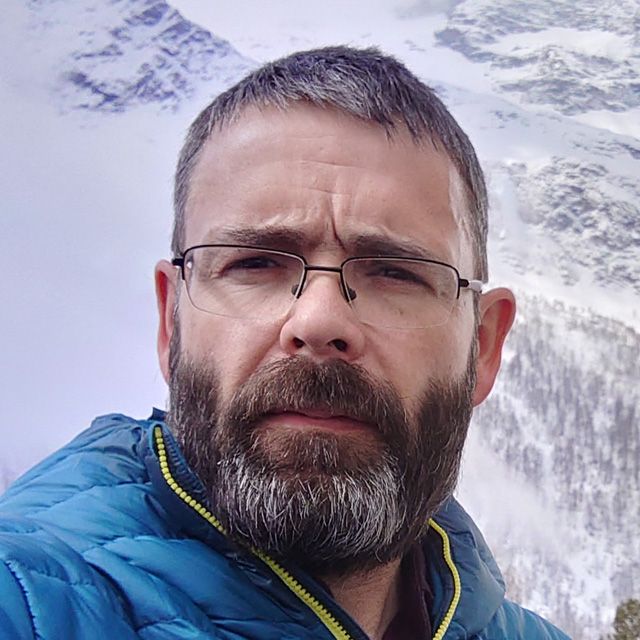
Jon Cherrie, MathWorks
Extreme Quantum Mechanics in MATLAB
12:15–12:45
The Spinach Toolbox is a fast open-source spin dynamics simulation library written in MATLAB® that enables thousands of researchers worldwide to run quantum mechanical modelling of magnetic systems. This toolbox is developed by the Spin Dynamics Group (http://spindynamics.org) at Southampton and makes extensive use of both parallel computing and sparse matrix arithmetic on GPUs to simulate microscopic magnetic processes. The package solves Liouville - von Neumann equation (an extension of Schrodinger's equation to ensembles), whose general solution is known but can be very hard to compute because complexity scaling is exponential. The way forward is to approximate using linear scaling methods. This presentation gives a few examples of these extreme scale simulations and discusses their implementation in parallel MATLAB.

Ilya Kuprov, University of Southampton
Big Data, Big Transformation: Big Benefits for Large-Scale Engineering Products
14:00–14:30
An increasingly data-centric world poses a whole new set of questions that all businesses must strive to answer, and Leonardo is no different.
This talk will provide insight into some of the challenges associated with data analysis and replay as encountered on large-scale engineering projects. The talk will describe actions taken to remedy this with the introduction of a new Hadoop® based big data platform managed by CLOUDERA® software.
Andrew and Martin will show how MATLAB® allows engineers to interact with the Hadoop ecosystem from the comfort of their own desktop, and the role MATLAB plays in processing, analysis, and replay workflows when embedded into Hadoop tools.
Becoming a Data-Centric Engineering Team: Catching Up to the Data Deluge
14:30–15:15
Engineering teams have more data available to them than ever before. Data from tests, operations, production, and other sources present opportunities for data-based design decisions and new data-based products and services. But many teams struggle to come up with a consistent set of tools and processes for extracting value from this data.
This talk presents a variety of new MATLAB® features for accessing, organizing, and analyzing data, with a special focus on the MATLAB datastore framework for working with large collections of files and MATLAB datatypes for organizing and preprocessing sensor data. See how these tools enable engineering teams to grow from ad-hoc data analysis to building centralized tools for organisation-wide use, laying a foundation for production apps and analytics.
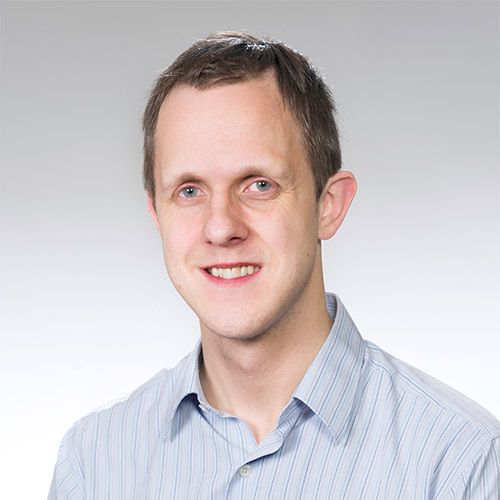
Paul Peeling, MathWorks
Developing Smart IoT Sensors Using the MathWorks Toolchain
15:45–16:15
The Internet of Things (IoT) is an exciting and rapidly growing segment of the tech economy. Skyrad has invented several IoT sensors, including LeakBot (www.leakbot.io), a clip-on flow sensor, and HeatDoctor, a remote central heating diagnostics system.
During the development of these products, Skyrad explored a number of different approaches. These included running prototype MATLAB® algorithms in the cloud, translating MATLAB code to embedded C code by hand, deploying algorithms with MATLAB Production Server™, and ultimately running algorithms on the smart sensors themselves, designed using Simulink™ and deployed using Embedded Coder®.
Samuel will share how Skyrad developed the product, why they chose the particular architecture at each stage, and what was successful (and less successful). He will also give advice to anyone looking to develop or deploy IoT systems, and to anyone who is looking to deploy MATLAB in the cloud.
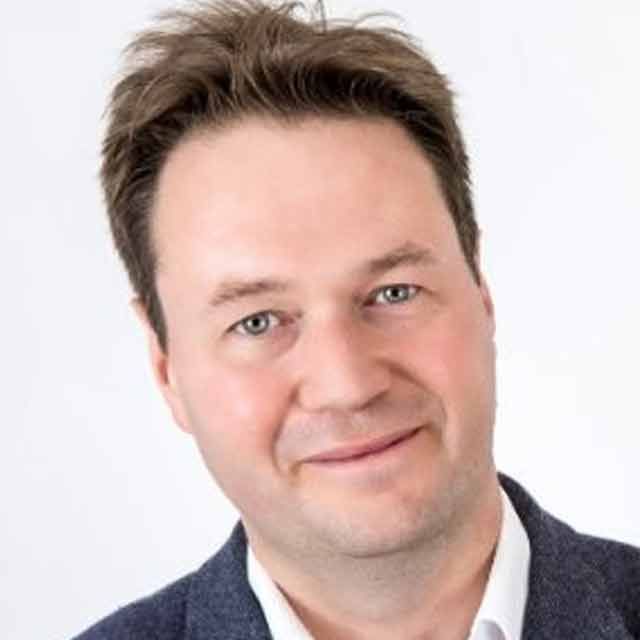
Samuel Bailey, Skyrad Consulting
Industrial IoT and Digital Twins
16:15–17:00
Industrial IoT has brought the rise of connected devices that stream information and optimise operational behavior over the course of a device’s lifetime.
This presentation covers how to develop and deploy MATLAB® algorithms and Simulink® models as digital twin and IoT components on assets, edge devices, or cloud for anomaly detection, control optimization, and other applications. It includes an introduction to how assets, edge, and OT/IT components are connected.
The talk features customer use cases starting from design to final operation, the underlying technology, and results.
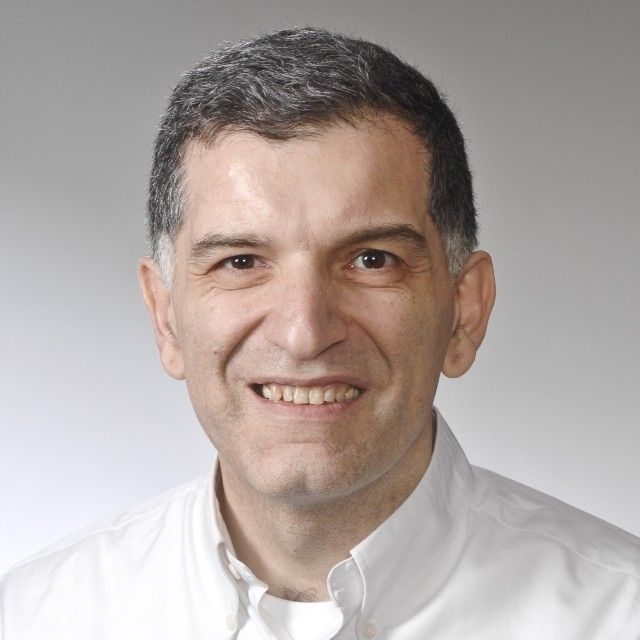
Coorous Mohtadi, MathWorks
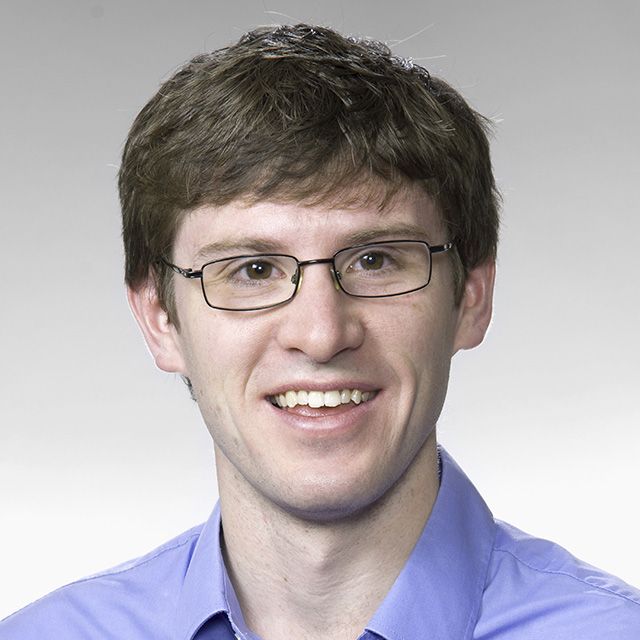
Jonathan Agg, MathWorks
Controlling Complexity at McLaren Automotive with Model-Based Design
11:45–12:15
Control software is delivering more functionality for systems everywhere and high-performance super cars are no exception. In this talk Matthew discusses how using many of the latest MATLAB features including projects, templates, and toolboxes have helped to keep this complexity under control while achieving increasingly stringent quality and safety standards. He will discuss the benefits to McLaren of adopting a micro-services architecture to enable greater encapsulation and reuse of control systems across projects including some of the challenges they have overcome in transitioning the control software from legacy architectures into AUTOSAR.
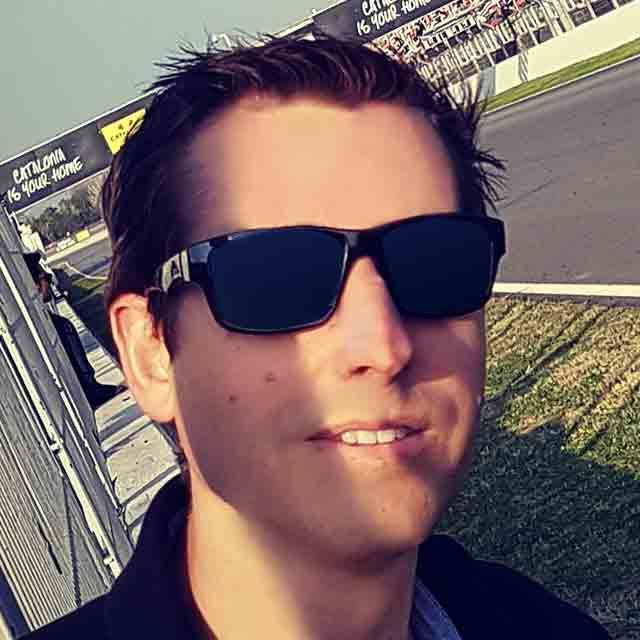
Matthew Chave, McLaren Automotive Ltd.
Systems Engineering: Requirements to Architecture to Simulation
12:15–12:45
System engineering and model-based system engineering can mean different things to different groups, but most definitions share a common set of concepts, including starting from a set of system-level requirements used to drive a system decomposition and requirements allocation process. Then trade studies are performed on system architecture alternatives to produce a candidate architecture from which the design is developed and then simulated to verify the requirements are met.
This presentation shows how MATLAB® and Simulink® support this workflow when combined with Simulink Requirements™ and System Composer™ by allowing users to:
- Capture, view, analyze, and manage requirements
- Develop a system architecture model from the requirements, existing Simulink models, ICDs, and externally created architectures or combinations of the above
- Examine the system architecture model using different views for different concerns
- Allocate (link) requirements to architectural components and perform coverage and change impact analysis
- Perform trade studies to compare, assess, or optimize the system architecture
- Design components specified in the system architecture model
- Simulate the system composition to verify system-level behavior
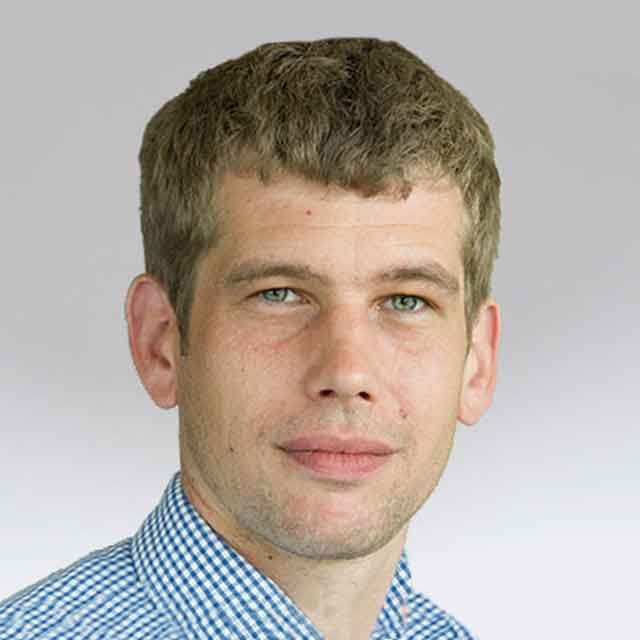
Mark Walker, MathWorks
Simulating Passenger Comfort and Motion Sickness in Autonomous Vehicles
14:00–14:30
Once safety has been established, the next roadblock for autonomous vehicles to become fully accepted is passenger comfort, specifically motion sickness. Additionally, when all road vehicles are autonomous, the passenger experience will be the key differentiator for manufacturers. In this talk, Michael will discuss how simulation models are being used by Ricardo to assess human passenger comfort in autonomous vehicles. He will cover the vehicle dynamics, human dynamics, and neural processing models necessary to calculate a motion sickness index. Michael will discuss the role of tools such as Vehicle Dynamics Blockset™ and Simscape Multibody™ in the development of these models, and the work that lies ahead.
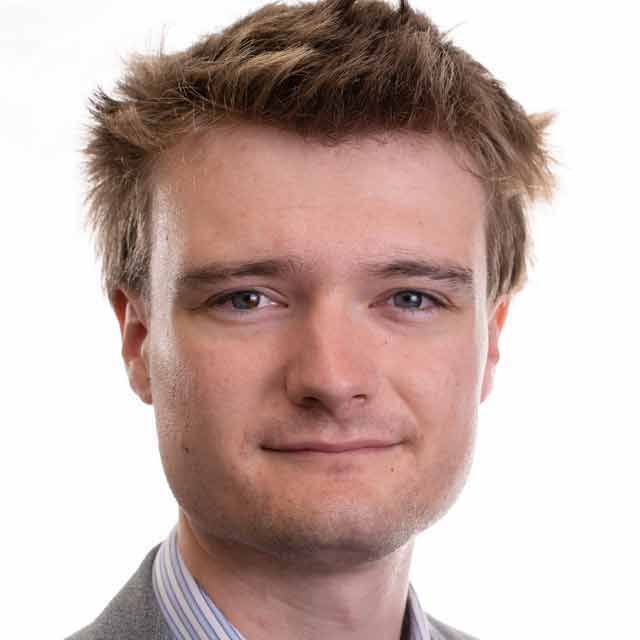
Michael Wheeldon, Ricardo
Automated Driving System Design and Simulation Using MATLAB and Simulink
14:30–15:15
ADAS and autonomous driving systems are redefining the automotive industry and changing all aspects of transportation, from daily commutes to long-haul trucking. MATLAB® and Simulink® provide the ability to develop the perception, planning, and control components used in these systems.
In this talk, you will learn about these tools through examples that ship in the lastest release, including:
- Perception: Design LiDAR, vision, radar, and sensor fusion algorithms with recorded and live data
- Planning: Visualize street maps, design path planners, and generate C/C++ code
- Controls: Design a model-predictive controller for traffic jam assist, test with synthetic scenes and sensors, and generate C/C++ code
- Deep learning: Label data, train networks, and generate GPU code
- Systems: Simulate perception and control algorithms, as well as integrate and test hand code
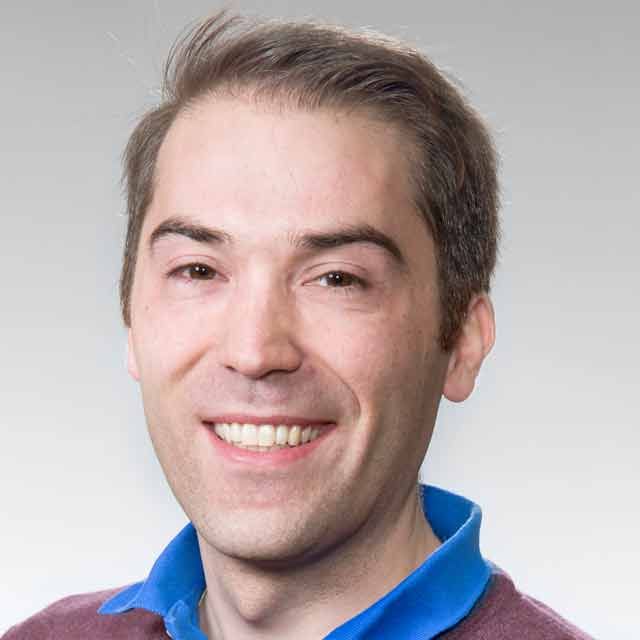
GianCarlo Pacitti, MathWorks
Synchronous Machine Modelling Using Simscape
15:45–16:30
Cummins Generator Technologies (CGT, established 1904) designs, manufactures, and validates alternators under the renowned brands of STAMFORD and AvK. Based in Stamford, Lincolnshire, UK, CGT has branch manufacturing plants in Romania, India, and China. With a nominal 7.5 to 11,200kVA range, CGT alternators are suitable for a variety of applications.
In the modern business environment, to achieve product reliability and commercial growth, a company must be able to accurately simulate and analyze machine performance across multiple varied, realistic conditions in a low-cost and time-efficient manner. MathWorks products offer an integrated simulation environment for Model-Based Design. Simscape™, Simulink®, and MATLAB® provide the blocks, tools, and algorithms for efficiently designing and testing physical and control systems.
In this talk, Peenki describes how using Simscape products to develop multidomain synchronous machine models allowed CGT engineers to shorten the alternator design cycle. The models, calibrated using validated field data, allowed CGT to accurately and efficiently predict the transient response for the synchronous machines over a range of alternator fault conditions.
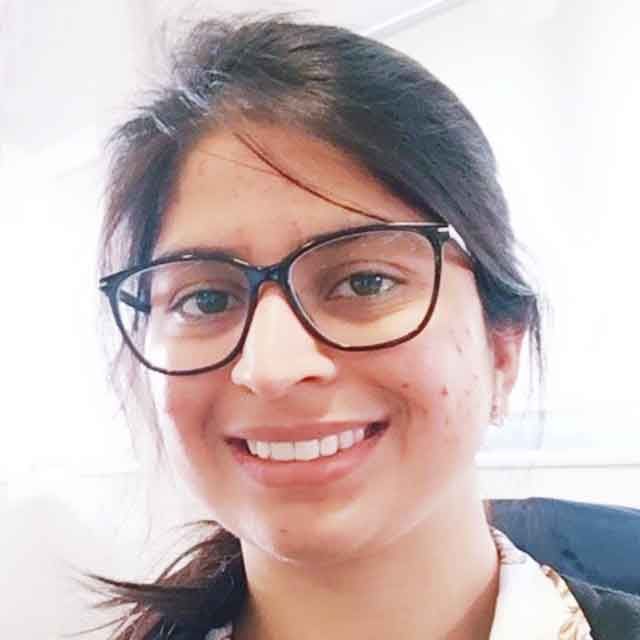
Peenki Rani, Cummins Generator Technologies
Developing Fit-For-Purpose Simscape Models to Support System and Control Design
16:15–17:00
Most new electrical and electromechanical systems require multiple models to support the key design questions. Simple behavioural models that enable optimization of the overall system are required early in the design. As a design matures, the system-level assumptions must then be validated by more detailed subcomponent models. Moreover, subcomponent design itself requires more detailed models to ensure constituent parts stay within permitted operating envelopes, thus helping ensure the subcomponent will be reliable in service.
In this presentation, Rick will show how to develop Simscape™ models with different levels of fidelity that span system, control, and component design tasks. Models of both a photovoltaic generator and an electric traction drive will be used for illustration. Workflows to import SPICE subcircuits and magnetic finite element data will be shown, plus abstraction methods to map this detailed design data to support design validation at the system level. Two ways of extracting stability margins from switched converter models will also be demonstrated. The presentation will conclude with a tutorial Simscape language example on how to build a faulted component model.
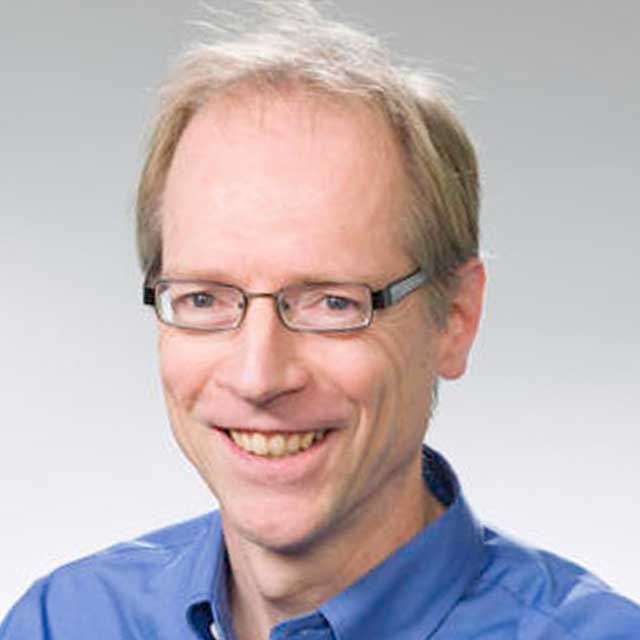
Rick Hyde, MathWorks
Introduction to MATLAB
11:15–12:15
In this session, Laura introduces MATLAB®, the interactive environment and high-level language for numerical computation, visualisation, and programming. Topics discussed and demonstrated in this session include:
- Importing data from Microsoft® Excel®, text files, databases, and devices
- Exploring and visualising data using interactive tools
- Performing mathematical analysis on the data
- Automating your analysis and creating reports
See how easy it is to get started using MATLAB.
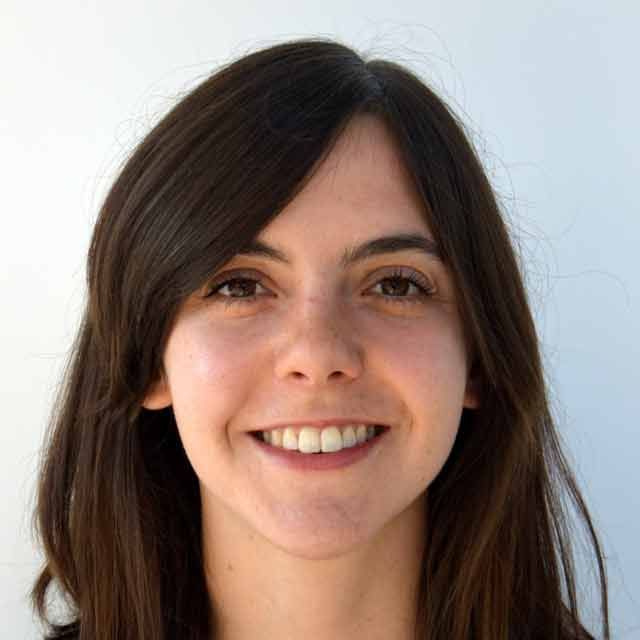
Laura Dempsey, MathWorks
Pixels to Features to Models: Object Detection and Image Segmentation
12:15–12:45
Modern techniques in image processing and computer vision have transitioned from processing pixels to extracting features to learning models directly from data to recognize, detect, and segment objects in scenes.
In this talk, you will learn about the capabilities in MATLAB® for creating feature-based workflows, training machine learning models, and leveraging convolutional neural networks (CNNs), including:
- Applications of image segmentation and object detection
- Feature extraction and detection
- Machine learning techniques for computer vision
- Deep learning for object detection and semantic segmentation
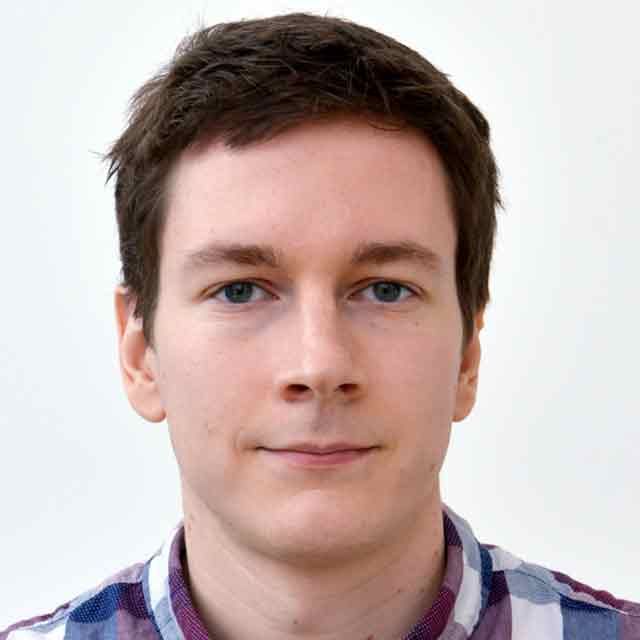
Matthew Elliott, MathWorks
Introduction to Simulink and Stateflow
14:00–15:15
In this session, Tim introduces the Simulink® product family. Topics include:
- Basic concepts for Simulink and Stateflow®
- Problems that are appropriate for Simulink rather than MATLAB®
- Using Simulink and Stateflow to effectively capture your complete system modelling needs
- How you can use code generation to take your designs from desktop to hardware
This presentation is ideal for Simulink beginners and MATLAB users interested in learning more about Simulink.
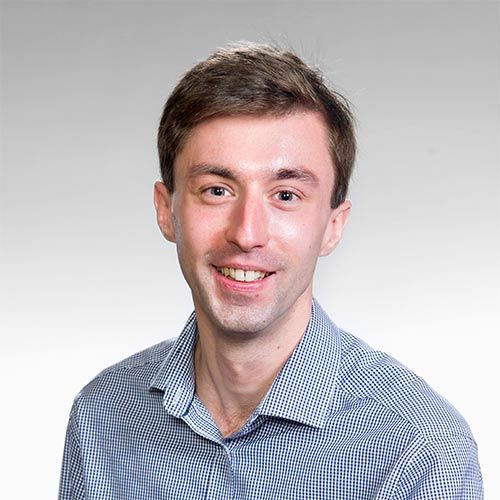
Tim Johns, MathWorks
Sensor Fusion and Tracking for Autonomous Systems
15:45–17:00
There is an exponential growth in the development of increasingly autonomous systems. These systems range from road vehicles that meet the various NHTSA levels of autonomy, through consumer quadcopters capable of autonomous flight and remote piloting, package delivery drones, flying taxis, and robots for disaster relief and space exploration. Work on autonomous systems spans industries and includes academia as well as government agencies.
In this talk, you will learn to design, simulate, and analyze systems that fuse data from multiple sensors to maintain position, orientation, and situational awareness. By fusing multiple sensors data, you ensure a better result than would otherwise be possible by looking at the output of individual sensors.
Several autonomous system examples are explored to show you how to:
- Define trajectories and create multiplatform scenarios
- Simulate measurements from inertial and GPS sensors
- Generate object detections with radar, EO/IR, sonar, and RWR sensor models
- Design multi-object trackers as well as fusion and localization algorithms
- Evaluate system accuracy and performance on real and synthetic data
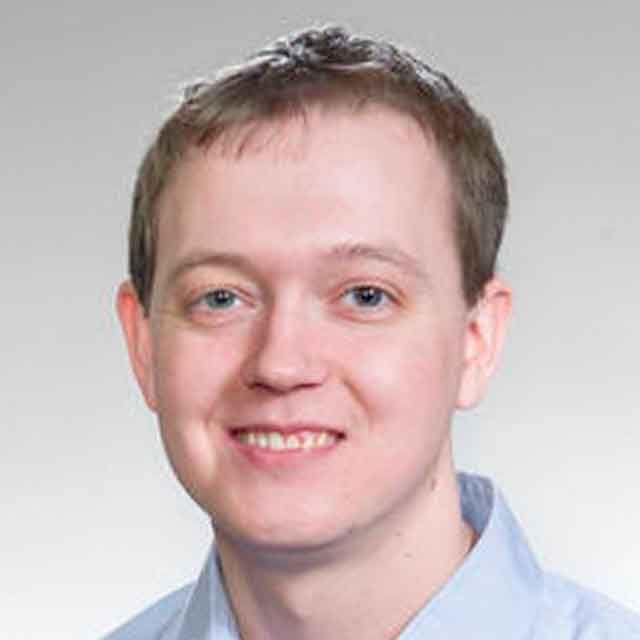
Marc Willerton, MathWorks
AI Techniques in MATLAB for Signal, Time-Series, and Text Data
11:15–12:15
Developing predictive models for signal, time-series, and text data using artificial intelligence (AI) techniques is growing in popularity across a variety of applications and industries, including speech classification, radar target classification, physiological signal recognition, and sentiment analysis.
In this talk, you will learn how MATLAB® empowers engineers and scientists to apply deep learning beyond the well-established vision applications. You will see demonstrations of advanced signal and audio processing techniques such as automated feature extraction using wavelet scattering and expanded support for ground truth labelling. The talk also shows how MATLAB covers other key elements of the AI workflow:
- Use of signal preprocessing techniques and apps to improve the accuracy of predictive models
- Use of transfer learning and wavelet analysis for radar target and ECG classification
- Interoperability with other deep learning frameworks through importers and ONNX™ converter for collaboration in the AI ecosystem
- Scalability of computations with GPUs, multi-GPUs, or on the cloud
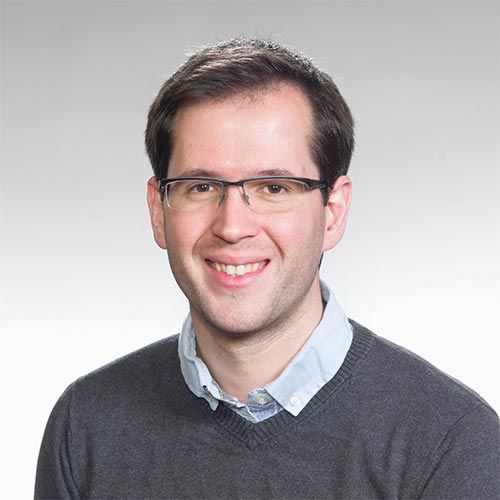
Sylvain Lacaze, MathWorks
Deploying Deep Neural Networks to Embedded GPUs and CPUs
12:15–12:45
Designing and deploying deep learning and computer vision applications to embedded GPU and CPU platforms like NVIDIA® Jetson AGX Xavier™ and DRIVE AGX is challenging because of resource constraints inherent in embedded devices. A MATLAB® based workflow facilitates the design of these applications, and automatically generated C/C++ or CUDA® code can be deployed to achieve up to 2X faster inference than other deep learning frameworks.
This talk walks you through the workflow. Starting with algorithm design, the algorithm may employ deep learning networks augmented with traditional computer vision techniques and can be tested and verified within MATLAB. Bring live sensor data from peripherals devices on your Jetson/DRIVE platforms to MATLAB running on your host machine for visualization and analysis. Deep learning networks are trained using GPUs and CPUs on the desktop, cluster, or cloud. Finally, GPU Coder™ and MATLAB Coder™ generate portable and optimized CUDA® and/or C/C++ code from the MATLAB algorithm, which is then cross-compiled and deployed to Jetson or DRIVE, ARM®, and Intel® based platforms.
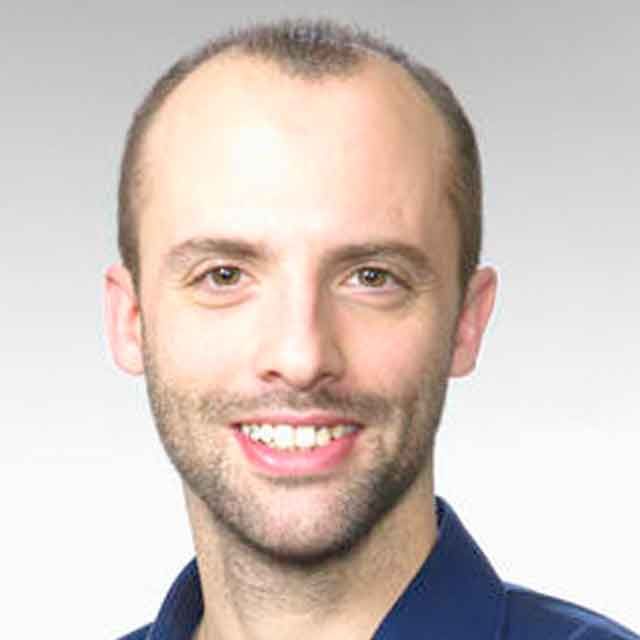
Steven Thomsett, MathWorks
Software Development Practices with MATLAB
14:00–15:15
Engineers and scientists increasingly adopt practices from software development to write programs that are easy to debug, verify, and maintain. In this session, you’ll learn how to integrate MATLAB® with source control systems like GitHub® and integration servers like Jenkins™, which also facilitates Agile development. You’ll additionally learn how to test code with the MATLAB Unit Test Framework and manage code with projects.
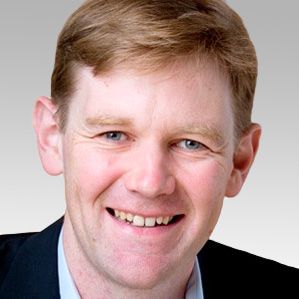
David Sampson, MathWorks
Simplifying Requirements-Based Verification with Model-Based Design
15:45–17:00
Verification that a design meets its parent requirements is a significant part of the engineering lifecycle, particularly in high-integrity applications. Verification of a design may be complicated by several factors: the sheer number of requirements, many-to-one mappings between requirements and tests, re-verification following design changes, unintended impact of design changes, and dependency upon both plant (hardware) and control (software) in closed-loop. This master class looks at some advanced techniques using the latest capabilities of Simulink Test™ and Simulink Requirements™ to simplify the verification process. Topics covered include:
- New capabilities for authoring temporal assessments
- Use of advanced features such as tags, types, attributes, and keywords
- Programmatic capabilities of Simulink Test and Simulink Requirements
- Latest support for continuous integration
- Reporting – with customisation
This session is primarily aimed at those with some familiarity of Simulink® and the verification tools.
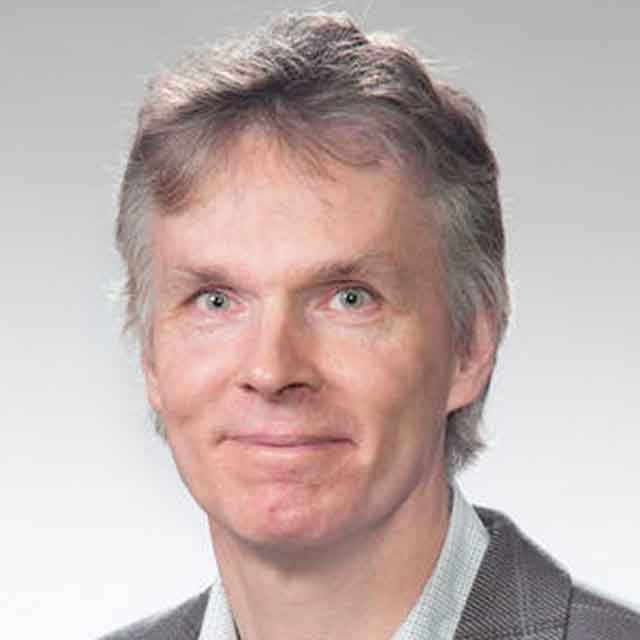
Fraser Macmillen, MathWorks
Preparing Future Engineers and Scientists for the Challenges of Digital Transformation
11:15–12:15
The systems required for Industry 4.0, IoT, and other digital trends will be multidisciplinary, with autonomous and AI functionality, and pervasively connected to larger systems of systems. How will engineers and scientists acquire the skills and know-how to conceive and develop such systems? Integrating engineering knowledge about signals and systems, data-driven AI methods, and computational thinking approaches will become critical.
Learn how you can use MATLAB® and Simulink® to develop the skills and techniques for academic research and industrial applications to create smarter systems. Discover, learn, and apply new concepts and technologies for emerging engineering and scientific challenges using Model-Based Design.
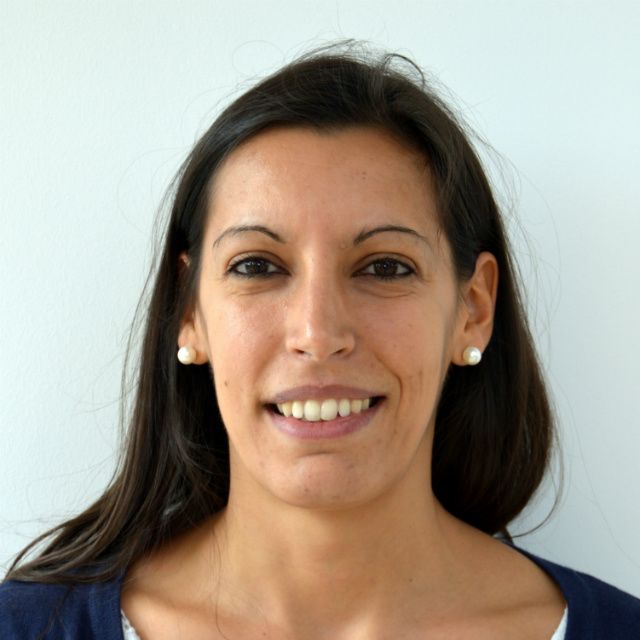
Martina Sciola, MathWorks
Developing a User Community to Drive Sharing, Self-Learning, and Personal Development
12:15–12:45
As the number of MATLAB® and Simulink® users grow in an organisation, retaining awareness of an engineer’s developing skills, and the models and code generated, is challenging. Duplication of effort occurs between users and time is wasted by multiple users reinventing the wheel. Cultural challenges exist in the adoption of new tools and bringing the whole engineering workforce along on the wave of change. A user community facilitates knowledge sharing and provides methods for greater communication, education, and standardisation of common working practices. The resulting benefits drive productivity and efficiencies while cutting through the organisation complexities. This presentation discusses the approaches taken at BAE Systems, a large and diverse organisation, to establish a vibrant, self-organising user community to support sharing, self-learning, and personal development.
Developing a Battery Management System Using Simulink
14:00–14:30
Battery management systems (BMS) ensure maximum performance, safe operation, and optimal lifespan of battery pack energy storage systems under diverse charge-discharge and environmental conditions. With Simulink®, engineers can use simulations to model feedback and supervisory control algorithms that monitor cell voltage and temperature, estimate state-of-charge (SOC) and state-of-health (SOH) across the pack, control charging and discharging rates, balance SOC across the battery cells, and isolate the battery from source and load when necessary. Starting from early design tradeoffs to hardware-in-the-loop (HIL) testing of BMS hardware, Simulink can help engineers perform desktop simulations to ensure the BMS performs as intended under all desired operating conditions and meets design durability requirements. In this talk, you’ll learn how Simulink helps engineers from electrical, thermal, and software backgrounds collaborate throughout the development cycle of BMS algorithms.
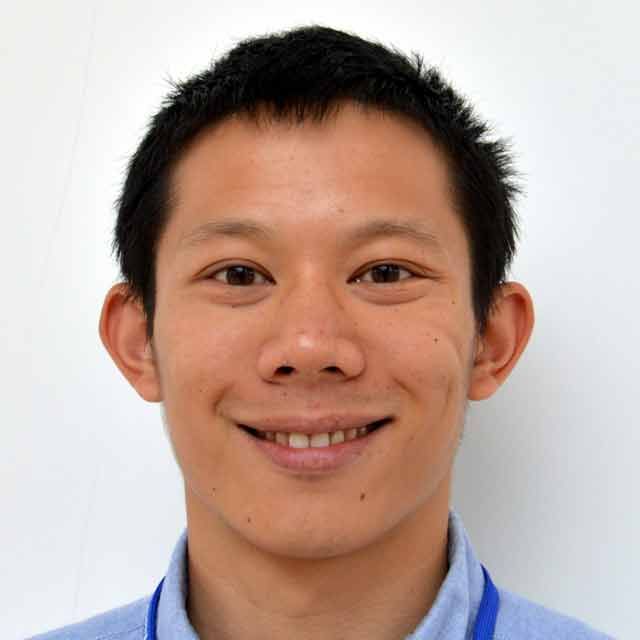
Chris Lim, MathWorks
Accelerating Embedded Software Verification with Polyspace Static Code Analysis
14:30–15:15
Embedded software complexity and quality requirements are always increasing. In this session you will see how Polyspace® products allow you to achieve the highest levels of software quality with reduced testing effort. Polyspace can prove your code is free from certain critical run-time errors, such as overflows, divide-by-zero, or out-of-bounds array accesses, using formal methods-based static code analysis. Discover how Polyspace helps you to quickly find defects and check for violations of coding guidelines like MISRA®, CWE, and CERT C/C++. Along the way you will learn how the analysis can be performed interactively or used with continuous integration tools such as Jenkins™ for software integration testing. Highlights include the latest features for browser-based code review, team collaboration dashboards, and integration with defect tracking tools such as Jira.
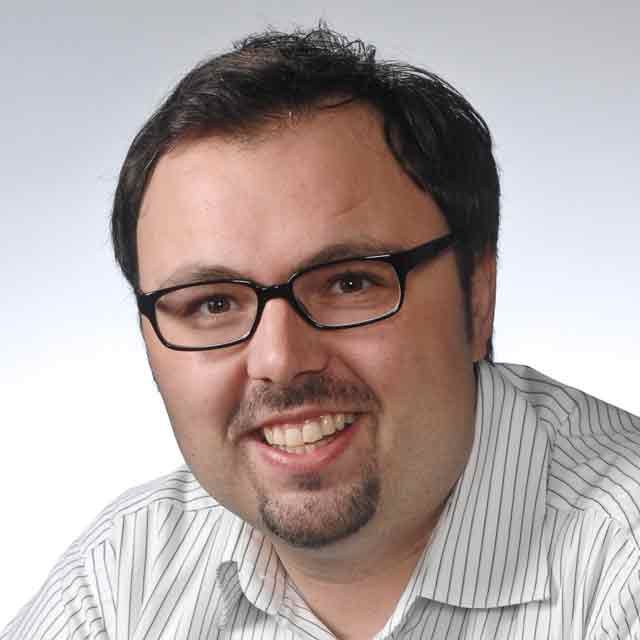
Stefan David, MathWorks
Predictive Maintenance with MATLAB
15:45–17:00
Predictive maintenance reduces operational costs for organizations running and manufacturing expensive equipment by predicting failures from sensor data. However, identifying and extracting useful information from sensor data is a process that often requires multiple iterations as well as a deep understanding of the machine and its operating conditions.
In this talk, you will learn how MATLAB® and Predictive Maintenance Toolbox™ combine machine learning with traditional model-based and signal processing techniques to create hybrid approaches for predicting and isolating failures. You will also see built-in apps for extracting, visualizing, and ranking features from sensor data without writing any code. These features can then be used as condition indicators for fault classification and remaining useful life (RUL) algorithms.
Predictive maintenance algorithms make the greatest impact when they are developed for a fleet of machines and deployed in production systems. This talk will show you how to validate your algorithms, then integrate them with your embedded devices and enterprise IT/OT platforms.

Philip Rottier, MathWorks
Women in Tech Ignite Lunch
12:45
MathWorks will be hosting a Women in Tech Ignite lunch during this year's MATLAB EXPO. In this informal networking event, we will welcome and celebrate women working in science and engineering with MATLAB® and Simulink®. Join us to hear from leading technical experts, to network with MathWorks leaders and engineers, and to exchange ideas with industry peers.
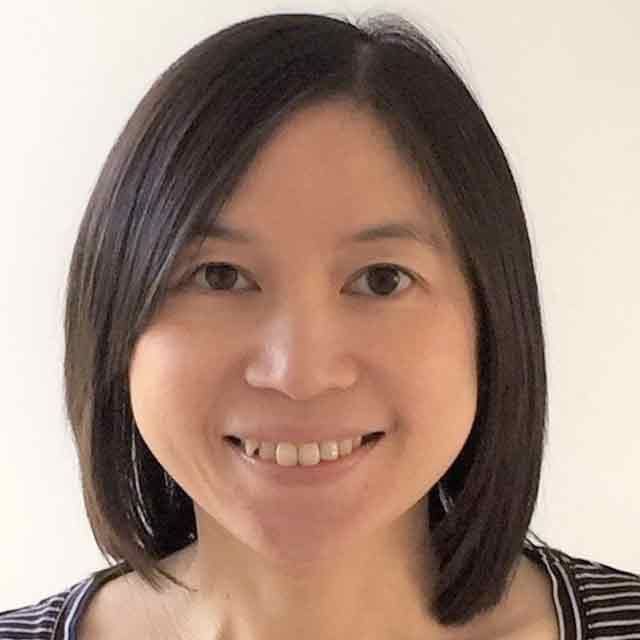
Janet Macmillan, MathWorks

Laura Dempsey
MathWorks
Laura Dempsey is an application engineer at MathWorks, specialising in signal processing, image analysis, and application development. Before joining MathWorks in 2018, Laura worked in a variety of biological and chemical research labs as a biomedical engineer, both within industry and academia. Her doctoral research focused on the development and application of a non-invasive, light-based imaging technique for monitoring the brain function of sick infants in the neonatal intensive care unit. Laura holds a BS in bioengineering from the University of Pittsburgh, a MPhil in medical science from the University of Cambridge, and a Ph.D. in biomedical engineering from University College London (UCL).
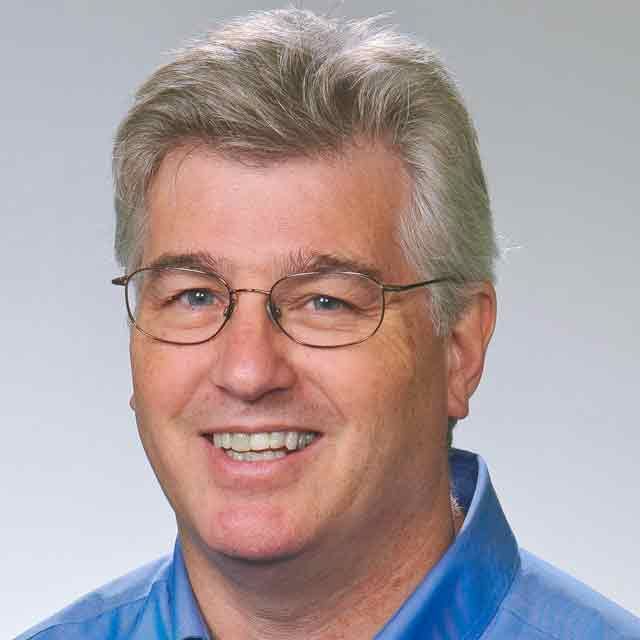
Joe Hicklin
MathWorks
Joe Hicklin works at MathWorks as part of the development team. Currently he assesses new technology, helps direct product strategy, and supports development teams. Joe joined the company in 1989 and led the development of Simulink® and Handle Graphics®. Joe holds a B.S. in electrical engineering from Oregon State University and an M.S. in computer science and Ph.D. in electrical engineering from the University of Idaho.
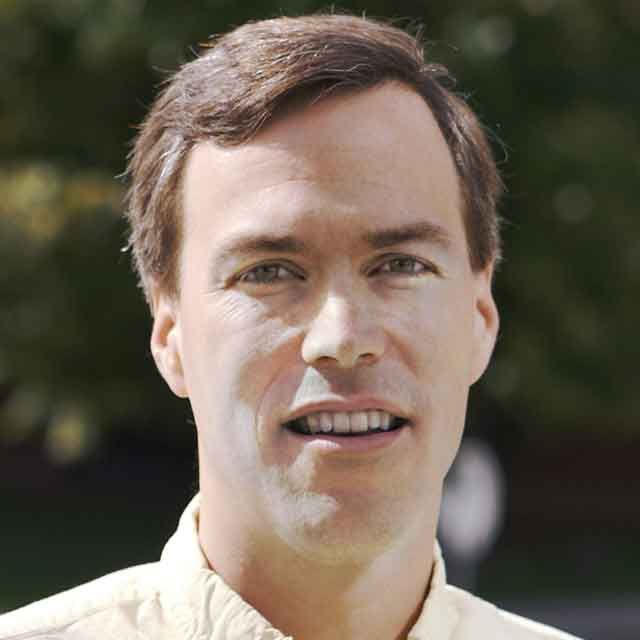
Ned Gulley
MathWorks
Ned Gulley is part of the MATLAB development team at MathWorks. He assesses new technology, helps direct product strategy, and supports development teams. Ned joined the company in 1991 and has led the development of Fuzzy Logic Toolbox™ and the MATLAB Interface team. In addition to working on products, Ned works closely with MATLAB web service teams, including the MATLAB Central web community, which he helped launch in 2001. Prior to MathWorks, Ned was an aerospace engineer working on flight control research and simulation at NASA Ames Research Center in Mountain View, California. He holds a B.S.E. in mechanical and aerospace engineering from Princeton University and an M.S.E. in aeronautical and astronautical engineering from Stanford University.
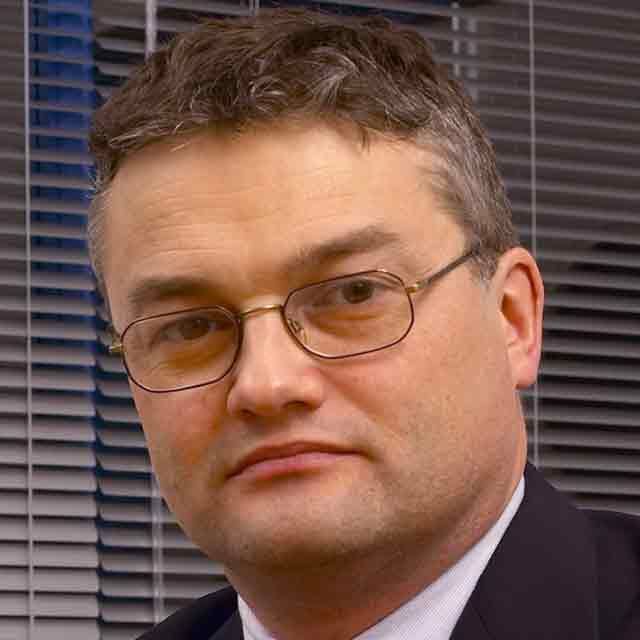
Chris Weir
Rolls Royce
Chris is an engineering and technology executive for Rolls-Royce Engine Control Systems. He has more than 29 years as a professional engineer and manager in space and aeronautical equipment systems, including new product introduction of mechanical, electronic and electrical systems, and products. He has worked on satellite cryogenic cooling systems, airframe electrical power generation, flight control actuation, and engine control systems. He has held a variety of roles, including technical manager for Typhoon EJ200’s fuel control system, chief of technology for TRW Aeronautical Systems, quality and product safety director, director of programme management, Trent 1000 programme director, and vice president of strategy and business development.
Chris was on the UK Aerospace Innovation and Growth Team (2002–2003) that outlined the UK 20-year aerospace strategy, and from 2009–2011, he was a member of the Aerospace Technology Steering Group, integrating the UK equipment sector inputs for the National Aerospace Technology Strategy.

Loren Dean
MathWorks
Loren Dean is a senior director in the MATLAB development organization. He has responsibility for the MATLAB Desktop and various product areas including parallel computing, controls, mapping, and test and measurement. He is also responsible for the eProducts and Services organization, which covers MathWorks cloud, general cloud integration, mathworks.com, mobile, product installation, product licensing, documentation, and community. Loren has been with MathWorks since 1995. Prior to joining MathWorks, Loren worked for AlliedSignal Aerospace performing systems analysis and integration for aircraft engines, with extensive use of MATLAB and Simulink. Loren has a B.S. and an M.S. in aeronautical engineering from Purdue University and an M.B.A. from Northeastern University.

Robert Sochon
GlaxoSmithKline Consumer Healthcare
Bob leads a multi-disciplinary team at GlaxoSmithKline, looking after the engineering development and launch of toothpaste products for Sensodyne worldwide. He graduated with a PhD in chemical engineering before joining GlaxoSmithKline, initially doing material science in Pharmaceuticals, then moving to Consumer Healthcare.
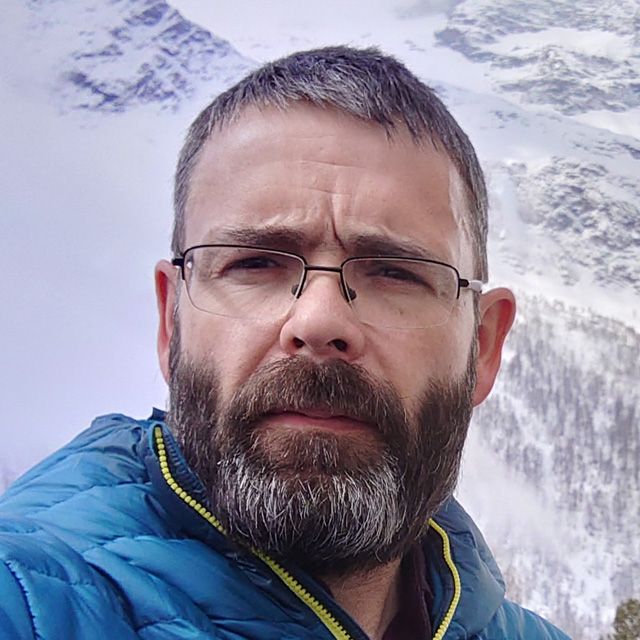
Jon Cherrie
MathWorks
Jon Cherrie is the development manager responsible for deep learning, text analytics, and curve fitting. Jon joined MathWorks in 2001 as part of MathWorks Consulting Services, specializing in Model-Based Calibration Toolbox™. Jon received his Ph.D. in mathematics from the University of Canterbury, where his research was on fitting radial basis functions to clouds of points.

Ilya Kuprov
University of Southampton
Ilya Kuprov is an associate professor of chemical physics at the University of Southampton, an associate editor at Science Advances, and the secretary of the Electron Spin Resonance Group of the Royal Society of Chemistry. Ilya has been working in applied quantum mechanics for the last 20 years, in particular on theoretical modelling of magnetic processes. He has been using MATLAB daily since 1998 and claims to be able to write code that rhymes.
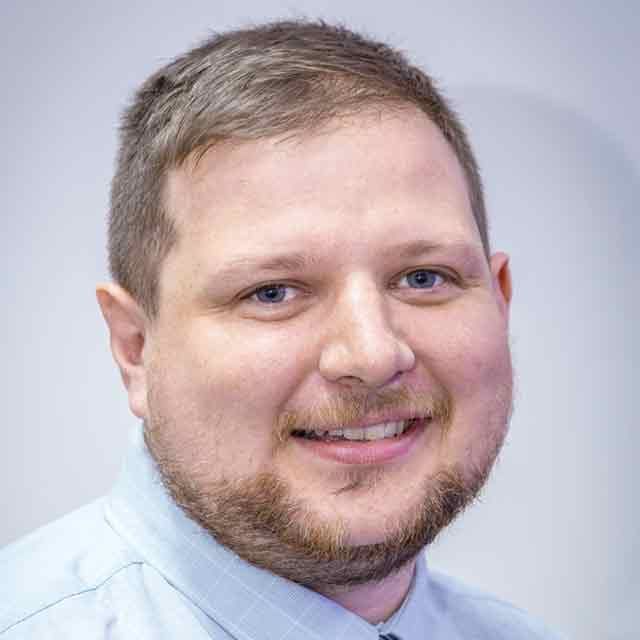
Martin McDonald
Leonardo
Martin has operated in several roles at Leonardo in radar system development and integration, most recently leading a project to deliver the first Big Data processing platform to the Edinburgh site. He has a background in physics and mathematics with an engineering doctorate in graph theory.
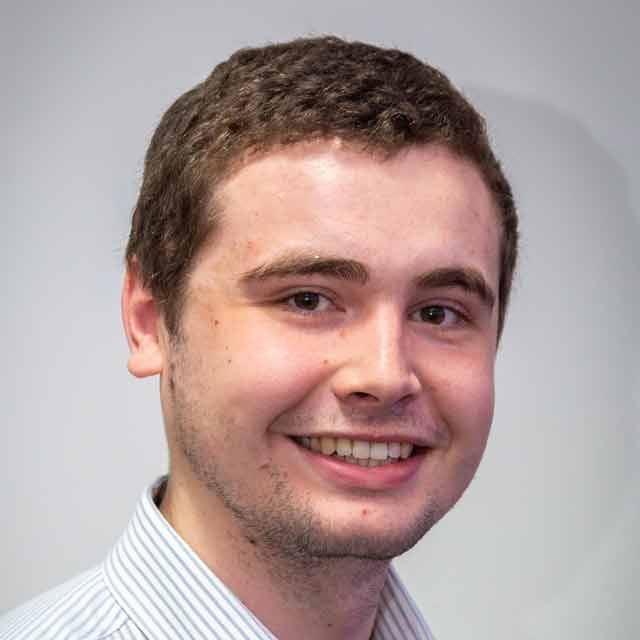
Andrew Gorrie
Leonardo
Andrew recently joined Leonardo on the graduate scheme as a systems engineer after previous summer placements, and he has been on the Big Data project since its inception. He has a master’s degree in aero-mechanical engineering and has particular interests in data optimisation and analysis.
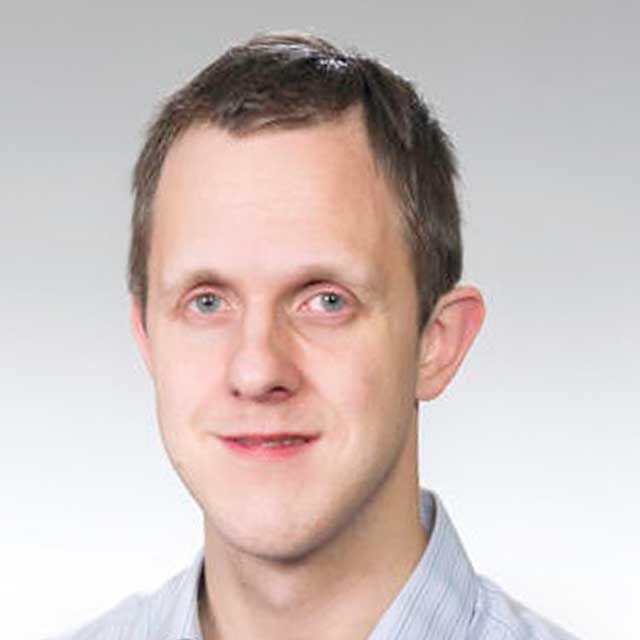
Paul Peeling
MathWorks
Paul Peeling is a consultant engineer who specializes in signal processing, machine learning, and code generation for embedded hardware. He works with MATLAB and Simulink® users to develop algorithms and model systems in multiple domains and to deploy the code to real-time targets. Prior to joining MathWorks, Paul worked applying pattern recognition techniques to detect and combat online fraud. Paul has a Ph.D. in statistical signal processing from the University of Cambridge.

Samuel Bailey
Skyrad Consulting
Sam founded Skyrad Consulting in 2015 to develop new technologies in the growing IoT and insurtech spaces, overlapping the boundaries of engineering, insurance, and finance. He has worked at Ford, Delphi, and Motorola, where he was responsible for delivering designs for embedded control systems for engines, steering, heating, cooling, and telematics. He has also spent several years modelling risk for the Pru and is a fellow of the Institute and Faculty of Actuaries, the UK’s professional association for insurance and risk analysts. He holds a master’s in engineering, economics, and management from the University of Oxford and a PhD in computer vision from University College London.
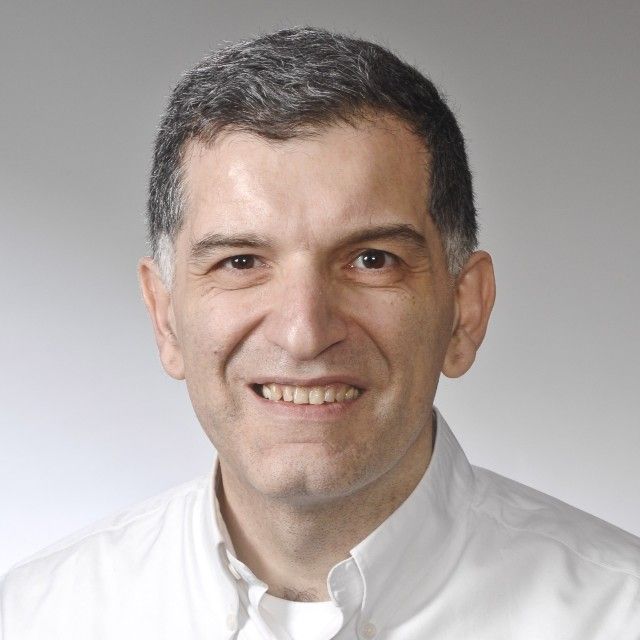
Coorous Mohtadi
MathWorks
Prior to joining MathWorks, Coorous Mohtadi was the European technical manager for temperature, process control, and component products at Omron Electronics Europe, where he worked for 10 years. He holds a D.Phil in model-based predictive control and a master’s in engineering science, both from Oxford University. He was a post-doctoral fellow at Oxford University Engineering Department for four years, and the chief control engineer for Eurotherm Controls for six years.

Jonathan Agg
MathWorks
Jonathan Agg is an application engineer at MathWorks, focusing on algorithm and model development and deployment in a variety of domains. Before joining MathWorks in 2016, Jonathan worked for a consultancy on a project to design and verify the control algorithms for a satellite. He holds a master’s degree in mathematics from the University of Cambridge.
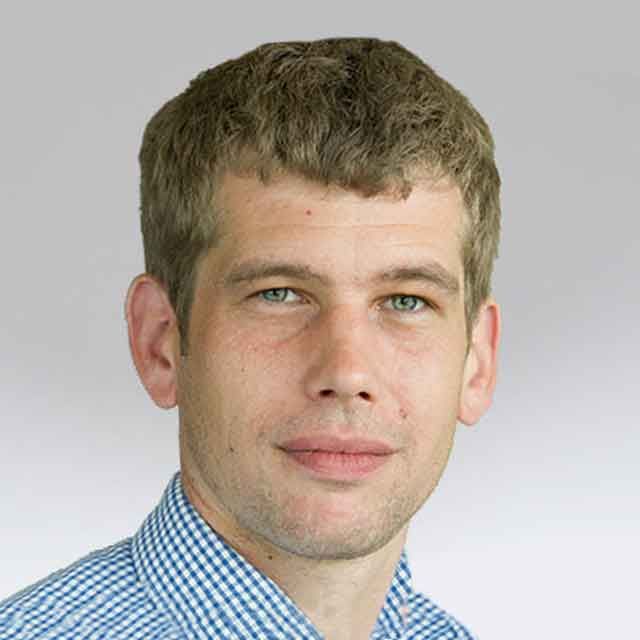
Mark Walker
MathWorks
Mark Walker is a member of the Pilot Engineering team at MathWorks. He specialises in high-integrity embedded applications and works with customers deploying MATLAB and Simulink products in production software environments. Prior to joining MathWorks in 2006, Mark worked as a consultant in the automotive industry, developing high-integrity control software. He has a master of arts and master of engineering in electrical engineering from the University of Cambridge.

Michael Wheeldon
Ricardo
Upon graduating from Cambridge University three years ago, Michael joined Ricardo’s graduate rotation scheme, where he experienced a variety of different roles within the business, including extensive use of MATLAB® and Simulink® on the Controls Software team. His final placement was with Ricardo’s R&D division, Ricardo Innovations. After completing the rotation scheme, Michael remained in RI and became Ricardo’s first “Innovation Engineer”—initially tasked with simulating hybrid drive cycles for optimal control. Today, Michael’s vehicle simulation work focuses on passenger comfort in autonomous vehicles. Outside of engineering, Michael is interested in photography and amateur theatre.
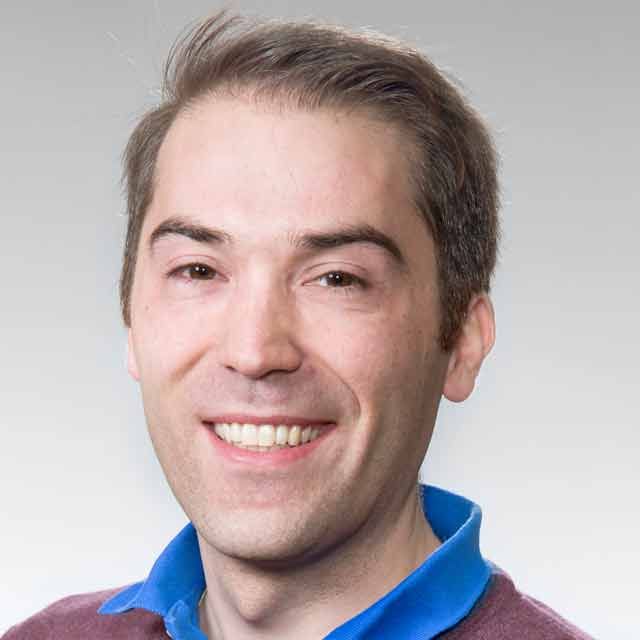
GianCarlo Pacitti
MathWorks
GianCarlo Pacitti is a senior application engineer at MathWorks, specialising in modelling, simulation, and production code generation in Simulink. He focuses on applying Model-Based Design to transition algorithm designs to real-time implementations and meeting the relevant industry standards for production-quality code. Before joining MathWorks in 2009, GianCarlo worked in the automotive industry on hybrid vehicle control algorithm development and real-time testing. He holds a master’s degree in instrumentation and control engineering from the University of Cambridge.

Peenki Rani
Cummins Generator Technologies
Peenki Rani is an electrical engineer in a Global Applied Technologies Specialist team at Cummins Generator Technologies (CGT) in Peterborough, United Kingdom. At CGT, Peenki is involved in development and deployment of the simulation and modelling tools to perform reliability analysis for value package integration programs and customer field investigations. She has a first-class honours degree in BEng in electrical and electronic engineering from Newcastle University. She was awarded several times for her outstanding academic achievements at the university and also by IET, Control Techniques, William Benedict, and E3 Academy.
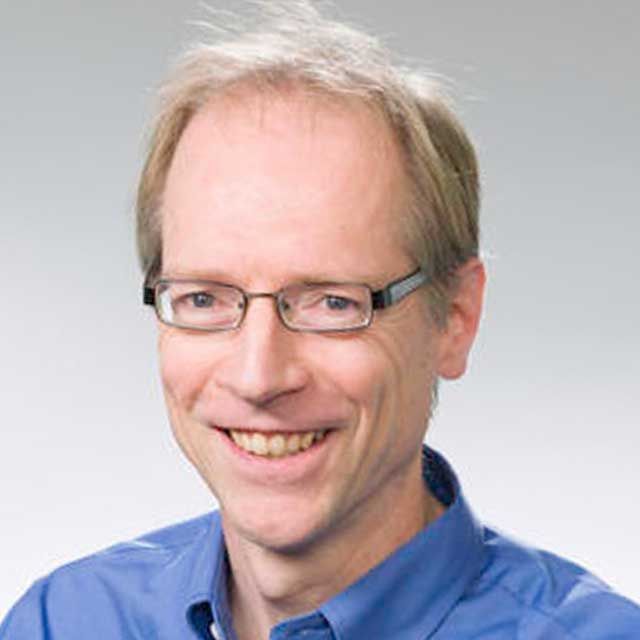
Rick Hyde
MathWorks
Rick Hyde is the technical lead for the Simscape libraries group. He has expertise in control engineering, mechatronics, and electrical/electronic systems. He previously worked in the aerospace industry, and then on the MathWorks Consulting Services team, with focus on helping customers improve processes in the paradigm of Model-Based Design. He moved to MathWorks development in 2007 and has authored many of the Simscape library components. He has a first degree in electrical and information sciences and a Ph.D. in robust control, both from the University of Cambridge (UK). His Ph.D. research bridged the gap between control theory and practice, culminating in the first test flight of an H-infinity control law.

Matthew Elliott
MathWorks
Matt is an application engineer at MathWorks, working on MATLAB projects in a range of areas, including machine learning, image processing, parallel computing, and enterprise integration. Prior to joining MathWorks in 2017, he completed a PhD in physics, focusing on theory and simulation of superconducting circuits for applications in quantum computing. Matt received his PhD from the University of Surrey and holds a master’s degree in mathematics and physics from Durham University.
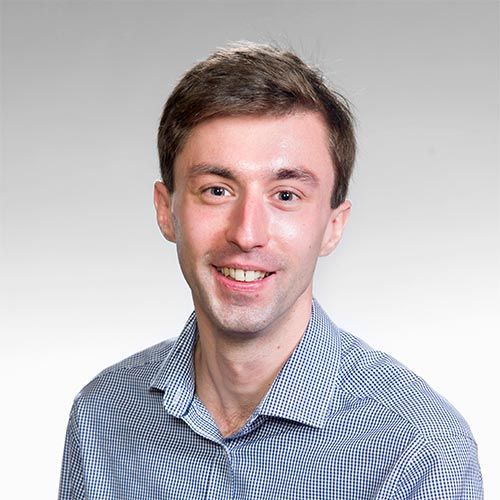
Tim Johns
MathWorks
Tim is a senior consultant at MathWorks. He specialises in modelling and simulation in Simulink, and application development and architecture in MATLAB. Tim has helped organisations to adopt virtual testing and to create robust, automated data processing systems. Prior to joining MathWorks in 2016, Tim worked in Formula 1 on driver-in-the-loop simulators and vehicle dynamics. He holds a PhD in driver-vehicle dynamics from the University of Cambridge.
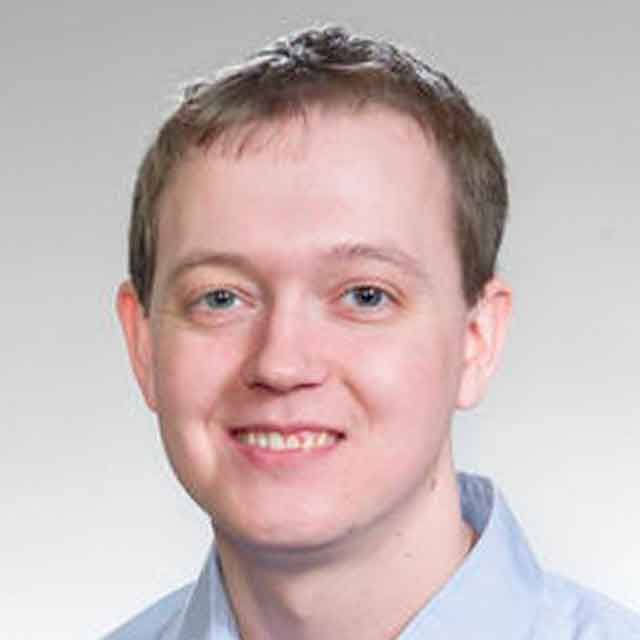
Marc Willerton
MathWorks
Marc Willerton is an application engineer at MathWorks, specialising in signal processing and communications with MATLAB® and Simulink®. Primarily, Marc works with customers across the defence, communications, electronics, and semiconductor industries around applications including wireless communications (including LTE and WLAN), software-defined radio, RF design, radar, and sonar. Before joining MathWorks in 2013, Marc spent a number of years in academia, where his research interests centered on array signal processing and software-defined radio. His work was sponsored by the University Defence Research Centre in Signal Processing. Marc received his master’s and Ph.D. degrees in electrical and electronic engineering from Imperial College London, UK.
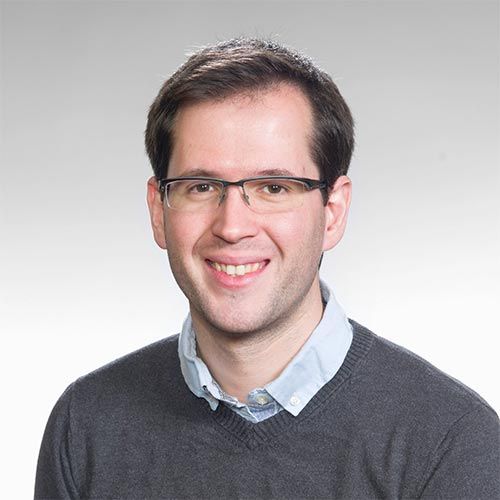
Sylvain Lacaze
MathWorks
Sylvain Lacaze is a consultant engineer who specializes in data analytics workflows, and application development projects. He works with customers to build predictive models using machine learning; deploy MATLAB algorithms as part of web, database, desktop, and enterprise applications; and access and analyze big data in MATLAB. He holds a Ph.D. in aerospace and mechanical engineering with a minor in statistics from the University of Arizona.
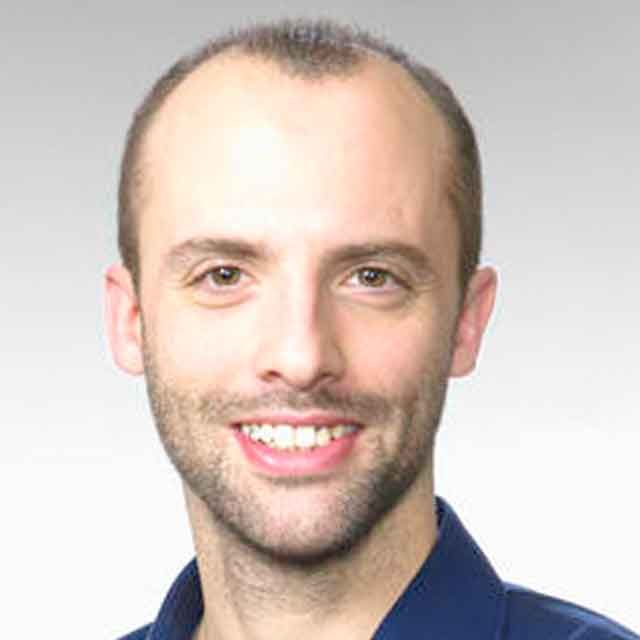
Steven Thomsett
MathWorks
Steven Thomsett is an application engineer at MathWorks, specialising in signal processing and computer vision applications, with an interest in the transition from algorithm development to hardware implementation. Prior to joining MathWorks in 2011, Steven worked on radar system analysis, modelling, and algorithm development at QinetiQ. During this time, he led the algorithm and modelling team in the adoption and implementation of Model-Based Design for a new radar system, generating code from MATLAB and Simulink® for real-time deployment.
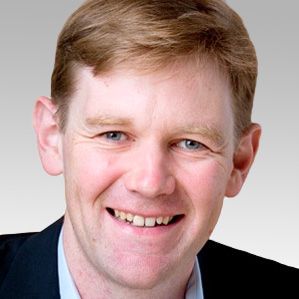
David Sampson
MathWorks
David Sampson is a principal engineer with MathWorks Consulting Services. In this role he applies methods from the fields of mathematical modelling, optimisation, control, and software development across a range of industries. David is a mechanical engineer by training. David holds a Ph.D. from the University of Cambridge, U.K., and a bachelor’s of engineering from the University of Sydney, Australia.
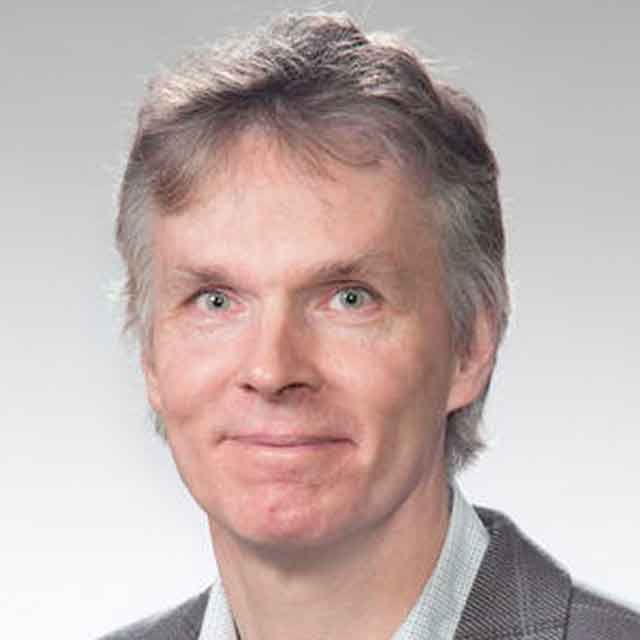
Fraser Macmillen
MathWorks
Fraser Macmillen is a senior application engineer at MathWorks, specialising in modelling and simulation with Simulink®, Stateflow®, and Simscape™. His areas of interest are large-scale, high-integrity systems; control law design; and the use of model validation and verification methods. Fraser works with a broad range of industries, with an emphasis on aerospace and defence. Before joining MathWorks in 2012, he worked at Bombardier Aerospace for 15 years, developing flight control laws for civil aircraft. He also worked at BAE Systems for five years, focusing on the flight dynamics of aircraft. Fraser has a master’s in engineering from the University of Cambridge, and a master’s in nonlinear dynamics from University College London.
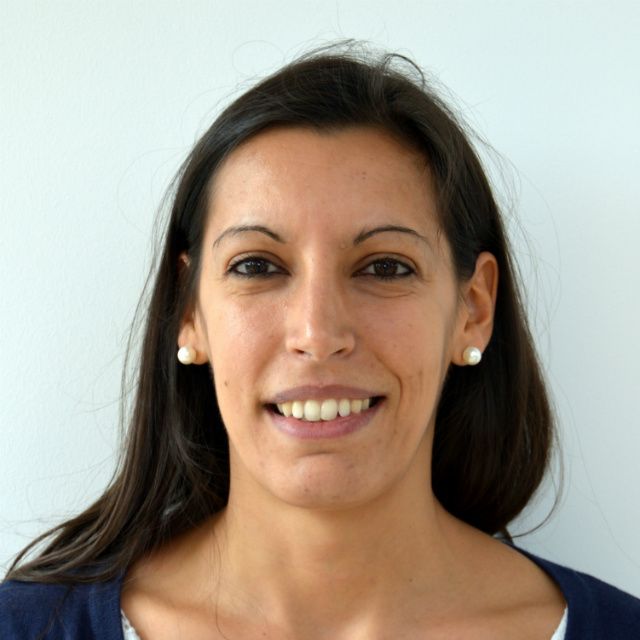
Martina Sciola
MathWorks
Martina joined MathWorks in 2018 as a technical specialist engineer for education. She works with universities in the United Kingdom and Ireland, offering technical guidance on curriculum development and incorporation of MATLAB and Simulink® products in courses. Before joining MathWorks, Martina worked at the University of Sheffield as research associate for MRI diagnosis of pulmonary hypertension and as research coordinator for an EU project to establish a new centre of excellence of medicine at INSIGNEO. Martina holds a BSc in biomedical engineering from the University of Cagliari, a MSc in Biomedical Engineering: Cells, Tissues, and Biotechnology from Polytechnic of Milan and a Ph.D. in modelling of cardiovascular systems from the University of Sheffield. She is particularly interested in healthcare, clinical applications, and in silico medicine.

Chris Lim
MathWorks
Chris is an application engineer at MathWorks focusing on the use of MATLAB® and Simulink across a variety of applications, such as data analytics and physical modelling. Before joining MathWorks in 2017, Chris completed his DPhil in aerodynamics and heat transfer at the Osney Thermo-Fluids Institute, University of Oxford, where his research looked at the development of high-heat flux instrumentation and reduced order modelling techniques for characterising heat transfer in Formula One race cars. Chris also holds a MEng in engineering science from the University of Oxford.

Stefan David
MathWorks
Stefan leads a team of application engineers responsible for verification and validation using Model-Based Design techniques in the area of functional safety and security among industries such as automotive, aerospace and defense, industrial automation, and medical devices. He is ISTQB-certified tester and, after several years of experience in the area of software development and test, he joined MathWorks in 2007. Before that, he worked at the German Aerospace Center (DLR) and for four years at PolySpace Technologies as a consultant and trainer. He received his Dipl.-Ing. (BA) degree from the University of Cooperative education in Mannheim/Germany, and a B.Sc. from the Open University/UK in Information Technology.

Philip Rottier
MathWorks
Philip Rottier rejoined MathWorks as a senior consulting engineer in 2014. Before working at Frazer-Nash Consultancy and BAE Systems Surface Ships on the development and application of logistic support solution modelling and optimisation capability, Philip spent seven years at MathWorks, applying modelling and simulation techniques in a wide range of industry sectors. Previous positions include working on various acoustics, modelling, and simulation problems applied to warships and submarines at BAE SEMA (YARD Ltd.) and lecturing applied mathematics at the University of Otago, New Zealand. Philip studied engineering and physical oceanography at Cambridge University.

Janet Macmillan
MathWorks
Janet Macmillan leads the UK user experience team at MathWorks, where her team conducts user research and leads interaction design for tools across a wide variety of fields: deep learning, parallel computing, code generation, and Model-Based Design. Prior to joining MathWorks in 2015, Janet worked at Citrix as a lead user experience designer. Janet holds a MEng of computing from Imperial College London.

Matt Ley
Rolls Royce
Matt Ley is head of Systems and Software for Control Systems at Rolls-Royce. He has had leadership roles in Engineering in Combustion, Turbines, Rotatives and Control Systems including chief of Combustion and Turbines for the world’s most efficient Civil Large Engine, Trent XWB, and head of Hydro-Mechanical Engineering for Control Systems. Prior to joining Rolls-Royce, Matt worked for Marconi, HSBC Investment Bank, and AstraZeneca. He has a master’s degree in mechanical engineering from Imperial College London.

Rayner Saggers
BAE Systems
Rayner Saggers is a senior systems engineer at BAE Systems working within the F-35 Vehicle Systems team. He is responsible for the development and use of a virtual system/software simulation capability. It integrates system software with a plant model within a MATLAB and Simulink environment to provide qualification evidence to the programme. He also represents the department within the BAE System MathWorks User Community and is editor of the UK Community Newsletter. Rayner’s focus is the encouragement and development of engineers using MathWorks toolsets by championing complimentary training methods such as Cody, OnRamp courses, and community-led learning.
Rayner has been with BAE Systems since 2007 and prior to his current role worked in Vehicle Systems departments on Typhoon and Autonomous Systems and Future Capabilities. Rayner has a bachelor’s degree in aerospace engineering from the University of Surrey.

Matthew Offredi
BAE Systems
Matthew Offredi is a lead systems engineer at BAE Systems and uses Model-Based Design for vehicle control systems. He has also used Model-Based Design for concept development for EU research programs and designing FPGA-based systems for avionics display systems. Matthew started the Christmas Challenge to support self-development of MATLAB and Simulink at BAE Systems Rochester. This Challenge allows skilled users to show off and share their knowledge and allows new users to break the ice and feel comfortable using the toolset. He has been supporting the development of skills across a multi-discipline team to successfully deliver programs using Model-Based Design. Matthew has worked at BAE Systems for 21 years, is a chartered engineer, and has bachelor’s degree in systems engineering from the University of Kent at Canterbury.
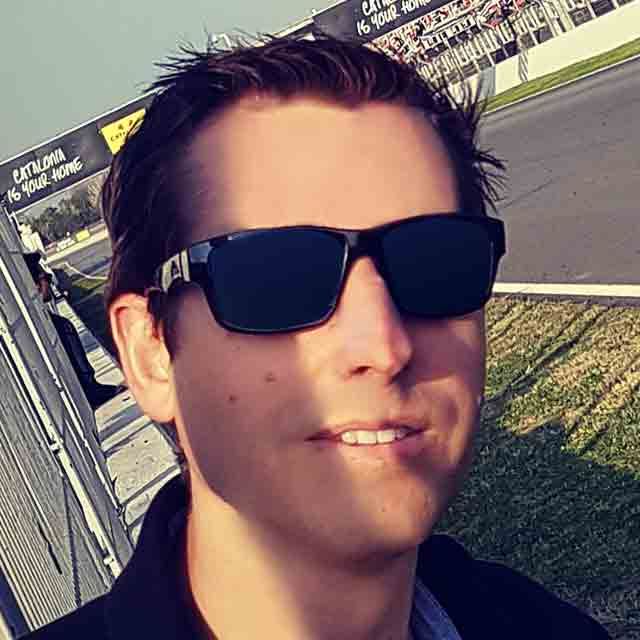
Matthew Chave
McLaren Automotive Ltd.
Matthew Chave is the principal controls engineer for the Electronic Systems and Controls department at McLaren Automotive. He specialises in controls architecture and supports the delivery of software content from research to production. Prior to joining McLaren in 2013, Matthew worked on autonomous control systems in the aerospace, agricultural, and mining industries. He has a bachelor’s of applied science degree with honours from the University of Otago Department of Physics.
